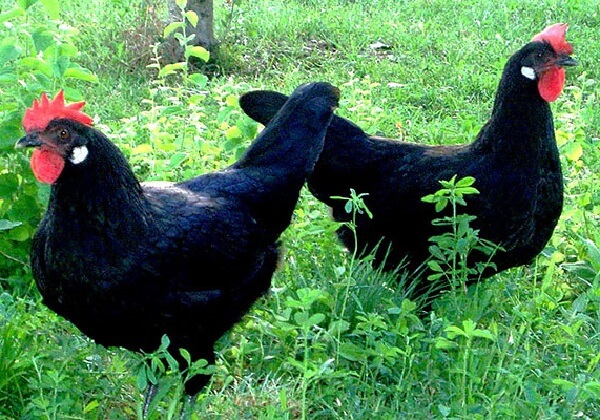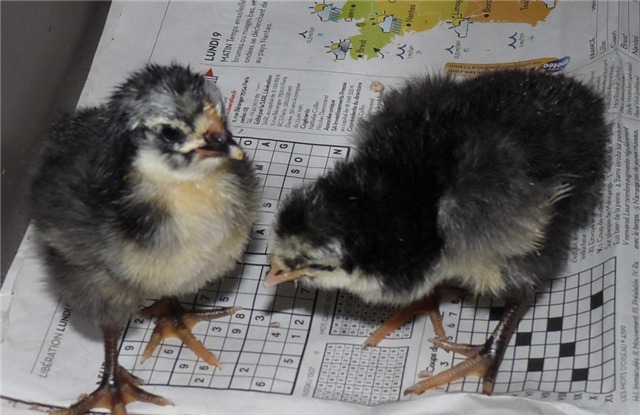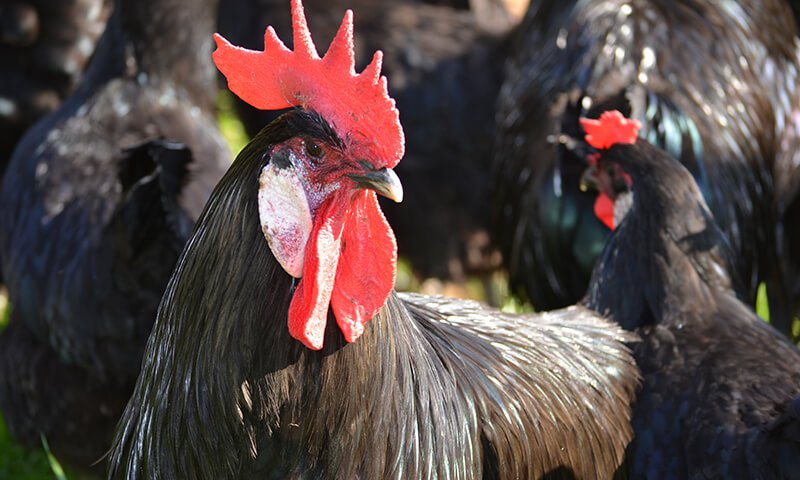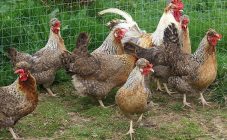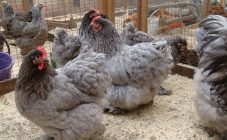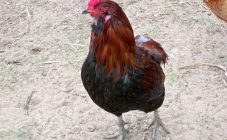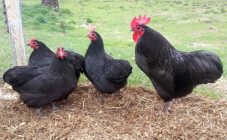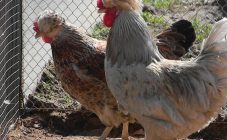Among the little-known breeds of chickens, there are real masterpieces that have undeservedly been in the shadows. One of these breeds is the French Barbezier, recently on the brink of extinction. What is remarkable about the breed, what it looks like and is it difficult to care for it - further information in the text.
Origin story
The Barbesier breed of chickens, the description of which scientists had to restore literally bit by bit, was created in the French region of Barbesieux-Saint-Hilaire, after which it was named. The bird managed to become famous in the first 50 years of its existence. At the turn of the 19th and 20th centuries, she was the leader among the existing meat breeds in Europe.
Barbesier chickens began to gradually disappear from farms and private households after the appearance of highly productive hybrids in the 20th century. As of 1997, the number of livestock in the world was only 20 individuals, but thanks to the efforts of enthusiastic poultry farmers, it was possible to revive the chicken. Today, barbezier chicken is considered a delicacy and is served in elite restaurants in France.
Description
The description of Barbesier chickens should start with the exterior features.
The external characteristics of a chicken and a rooster are practically the same:
- trapezoidal body;
- clearly traced muscle relief;
- strong hooves of grayish-blue or graphite shade;
- thick and hard plumage of a coal-black shade;
- tail at right angles;
- red face;
- large white earlobes;
- gray wide beak.
A thoroughbred rooster weighs on average about 4.5-4.8 kg, while a chicken's body weight ranges from 3.5 to 4 kg. The Barbesier breed of chickens has a calm character, gets along with representatives of other species. Activity and restlessness distinguish birds from other species.
Chicks
The brooding instinct is not well developed in all hens, but 5 out of 10 are quite capable of coping with the task of reproducing offspring. Chickens are born weighing up to 40 g, covered with black down on top and yellow belly. They fledge and grow quickly, reaching sexual maturity by 7 months of age.
Feeding
The Barbesier diet affects the quality of the meat. French farmers have developed a special approach to chicken feeding.
Basic tips and rules:
- Winter fodder consists of 55% cereals, 30% vegetables and greens, 10% protein supplements and 5% minerals and vitamins.
- The summer ration consists of 40-50% low-calorie greens and vegetables, 40% of the grain mixture and 10-20% is left for feed additives.
- The optimal regimen is 4 feedings per day.
- The total content of proteins of plant and animal origin is 20%.
Content
French chickens can adapt to any climatic conditions, but do not tolerate high humidity. The basic living conditions for birds are created taking into account their needs.
What birds need:
- a warm, clean house without drafts;
- deep bedding;
- ventilation in the poultry house;
- daylight hours 12-14 hours annually, except for the molt period;
- humidity within 55-60%;
- minimum temperature 10-12 degrees;
- walking yard;
- ash bath for the prevention of parasites;
- maintaining cleanliness.
The advantage of the breed is its meat productivity and unique taste of the resulting product. In addition to these features, poultry farmers note a high percentage of chicken survival, resistance to diseases and unpretentiousness. It is worth noting that not only an experienced farmer can cope with breeding, but also a beginner who does not have specific knowledge and experience. It remains only to find representatives of the breed.
